The Yamaha FZ-X is a new neo-retro model for the Indian market. We spend a few days with the motorcycle to bring you a detailed report.

Story: Azaman Chothia
Photography: Sanjay Raikar
The “FZ” name is a really important one for the customers in the Indian market. The first-generation FZ16 was a major success when it was launched in 2008 owing to its sharp and aggressive FZ1-inspired streetfighter styling. Since then, the bike has gained increasing popularity among beginners and commuters inclined towards owning an attractive streetfighter for daily use. The FZ range has grown over the last 13 years with various iterations of the model being launched until now. The FZ-X that was launched recently marks a new chapter in the FZ series of motorcycles as it strays from the naked streetfighter segment. So, what exactly is the Yamaha FZ-X? Let us take a close look.
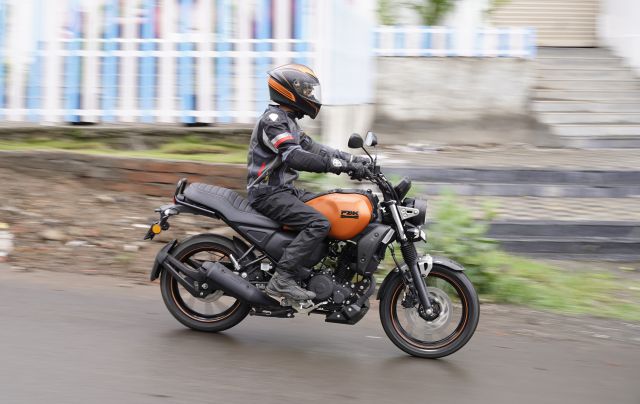
Back in my school days, I was a big fan of the FZ as it was surely one of the hottest motorcycles on sale in India, although Yamaha has gone with a new design language in the last few years which has been quite a controversial topic. Before the launch of the FZ-X, the enthusiasts’ speculations were about the XSR125 being launched in our market. The XSR125 was the latest addition to the XSR range and this one makes use of a Deltabox frame (the same as we see on the R15), gets USD front forks, disc brakes with ABS at both ends, dual-purpose tyres, and more. Everybody was excited on social media and there were comments about how Yamaha should seriously consider bringing the motorcycle to India as there were many takers. But when the Yamaha launch came closer and closer, we knew that we would be getting something completely different.
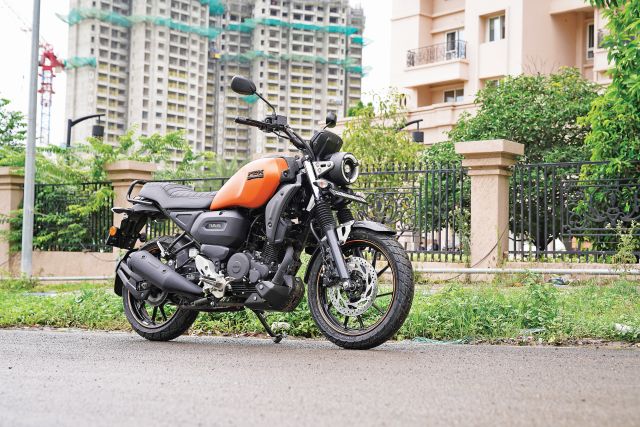
The FZ-X is a really unique motorcycle. It is a mix of a neo-retro cruiser with some elements reminiscent of a scrambler. In my opinion, this is not a good-looking motorcycle because of how disproportionate it appears. Yamaha have tried to give the Indian market an XSR while keeping the cost in check. The bike uses the same frame we see in the FZ models currently sold, but there are many differences in the dimensions and ergonomics.
The first thing you will notice is the unique LED headlamp surrounded by LED daytime running lights (DRL) and a simple LED tail-light at the rear. The bike gets a huge tank cover with a really comfortable-looking single-piece seat unit flowing towards the rear. The front end also gets a new scrambler-style front fender and sports fork gaiters. The handlebar is now higher and the foot-rests have been moved forward and also extended outwards.
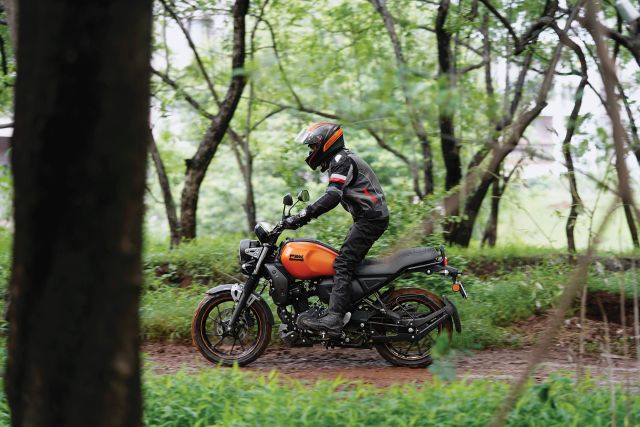
As soon as I swung a leg over, I had to get familiar with this new riding position. Riders who use cruisers will appreciate the new seating position as it is very comfortable and the raised handlebar does not put any strain on the back even during long rides. The only thing I found unusual was the large tank that results into the rider’s legs getting splayed far out and it has no recesses to tuck the knees into. Surprisingly, even with this large tank cover, the capacity of the fuel tank is just 10 litres, which is three litres smaller than the standard FZ’s. The bike has a kerb weight of 139 kilograms, making it four kilos heavier than the FZ. However, this weight is hardly felt and the FZ-X is still a nimble machine to commute on.
The bike does retain the heart of the FZ models that we have always appreciated. This comes in the form of the BS6-compliant, 149-cc, single-cylinder, air-cooled, two-valve, SOHC engine that puts out 12.4 hp at 7,250 rpm and a peak torque of 13.3 Nm at 5,500 rpm. This engine has been around for quite a while but still does a great job of reliably assisting a rider in their daily commuting. The power delivery is linear through the rev-range and is complemented by a slick five-speed gearbox. The clutch action is very light and makes gear shifts effortless. Another new addition to the FZ-X is a newly designed exhaust that has quite a nice grunt to it when the bike is revved over 5,500 rpm. Very few vibrations are felt at the foot-pegs and handlebar at higher rpm and this goes to show just how smooth this engine really is.
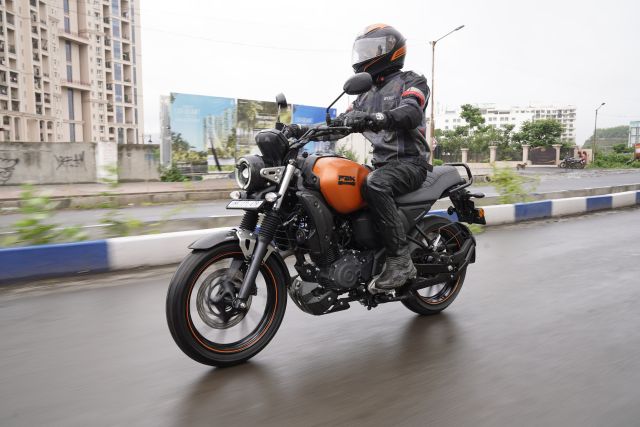
Most of my time spent on this motorcycle was during the peak of the current rainy season. Thanks are due to the block-pattern tyres that provided high levels of grip in the worst riding conditions. Even with the single-channel ABS, there was no fear of the rear tyre slipping out unnecessarily upon braking. The suspension set-up on the FZ-X comprises a telescopic fork at the front and a monoshock unit at the rear. This is set on the softer side for the bike to offer some of those scrambling capabilities. Once flicked into a corner, the bike flows through it with ease, holds the line really well, and its nimble nature makes it fairly easy to control too.
Like the other FZ models, this one also gets a negative LCD screen. This new screen displays all the simple information but has a new layout and is larger than that on the older FZ models. Y-connect is a new Bluetooth connectivity feature that allows a rider to get SMS/e-mail, missed and incoming calls, and phone battery level notifications. It would have been nice to also see a turn-by-turn navigation feature incorporated into this as many competitors are offering this feature with their connectivity applications.
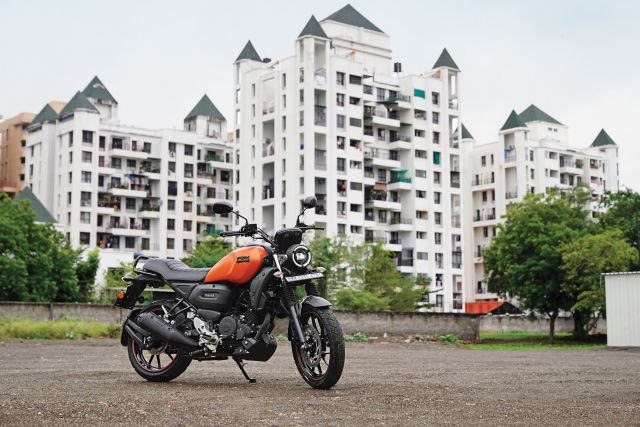
The FZ-X has been priced at Rs 1.17 lakh for the standard variant and Rs 1.20 lakh for the Bluetooth-connected variant (ex-showroom prices). At this price point, it proves to be a great motorcycle ticking all the boxes with regard to practicality, reliability, and comfort. The only reason that this motorcycle might not be a hot seller is because of the unique design language that the general public does not seem to appreciate. We would like to see one of the entry-level XSR models that have created so much hype being launched in our market in the future. Till then, we are excited about the upcoming R15 V4 that has recently been spotted testing.


Leave a Reply